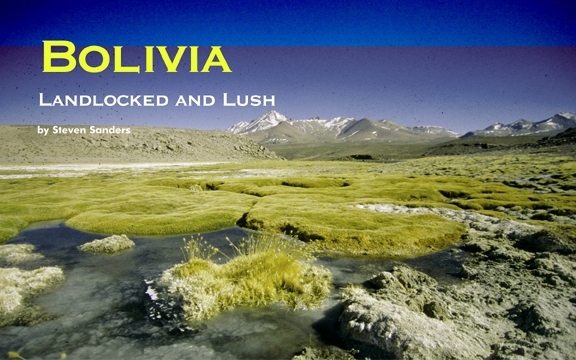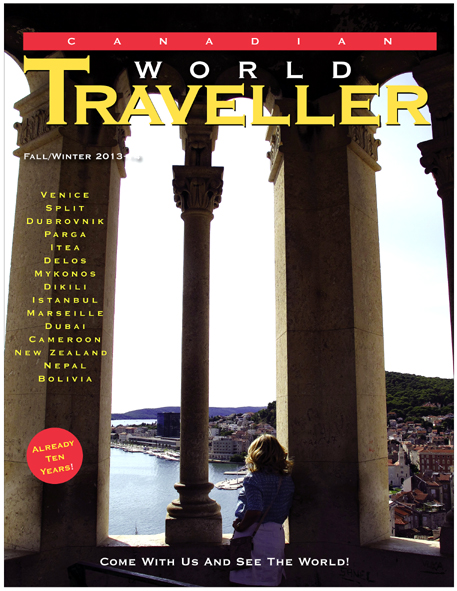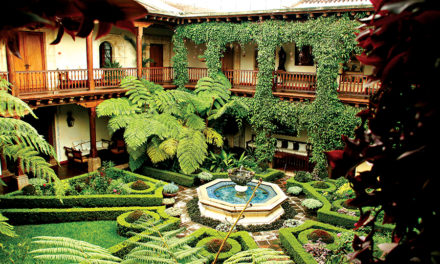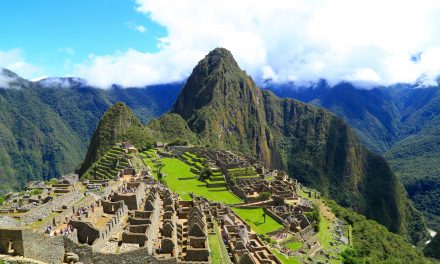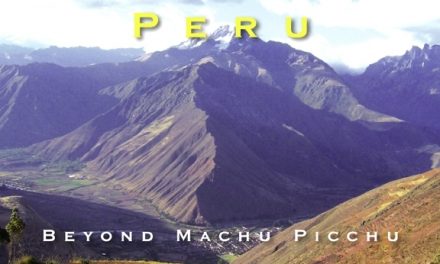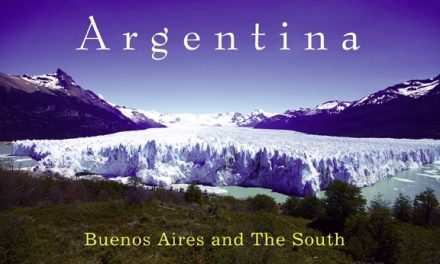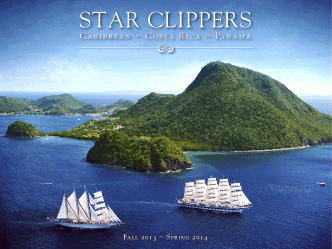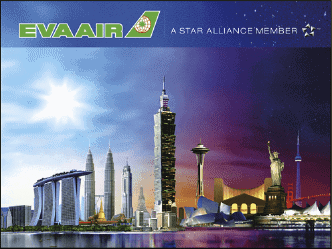Bolivia
Landlocked and Lush
by Steven Sanders
With South America being the continent with the highest growth in tourism for the last three years, it’s little surprise the adventurous ones are spreading deeper into this remarkable corner of the globe. Argentina, Brazil and Peru may be the headline grabbers, whilst Colombia, Chile and Ecuador have been welcoming more and more visitors of late, but the good vibes coming out of sky high Bolivia are seeing more backpackers and holiday makers explore this Andean nation than ever before.
Bolivia is different. A country of the strong willed, Bolivians eat very well and take great pride in their food, and their refusal to give in to the commercialism that seems to dominate the modern cities of the world is proof of this difference – McDonalds operated at a huge loss in Bolivia for 9 years until they finally decided to close the doors in 2002. Bolivians simply didn’t want it.
Landing above the clouds
Flying into the world’s highest airport in La Paz is a surreal experience. The country’s administrative capital – Bolivia has two capital cities – is perched at 3,650 m meters above sea level, with the jungle of skyscrapers clinging to the mountains making me wonder why on earth anybody would decide to build a sprawling metropolis here. Once on the ground, if that’s what you would call it, the city is a rollercoaster of steep hills, chic coffee shops, and cute museums.
For those with a taste for musical instruments, the Museo de Instrumentos Musicales is a must visit, where you can learn all about early percussion and string instruments including the famous Bolivian charango. Mirador Killi Killi offers a city view like no other, taking in the sprawling city and the surrounding mountains, while Plaza Murillo can offer a sense of stability after navigating the steep surrounding streets.
As a big golf fan, I couldn’t resist in adding another check to my list by teeing off at the world’s highest golf course at the La Paz Golf Club.
Total Terracotta
Sucre – Bolivia’s official capital – is a world away from the lights of La Paz and is arguably one of South America’s most beautiful cities. Almost all of the buildings are whitewashed with terracotta roofing and lined up along tranquil, cobbled streets. Only 270,000 people live in Sucre, yet I found it to be a city worth staying for a good few days to relax, people watch, and take in the majestic views from the hill of La Recoleta.
One can also find real dinosaur footprints in Parque Cretacico – which also houses life size replicas, while Castillo de la Glorieta and Castillo de la Libertad show off the city’s wonderful architecture.
Heading south from Sucre we arrived in the small city of Uyuni, stop off point for the fantastic salt flats of Salar de Uyuni. The city practically functions on tourism, with the main street dedicated to tour companies offering a Jeep service to the salt flats. Prices are incredibly variant, so shop around. Both one and three day tours include a lunch stop-off en route at the Great Train Graveyard, containing some of the continents oldest trains.
For those returning to the town for the night and craving a taste from home, Minuteman Pizza – set up and ran by an American expat – is hugely popular amongst tourists and has a renowned reputation for offering the best Pizza’s in Bolivia.
I finished my trip with a long weekend in the city of Copacabana, situated on the Bolivian side of the world’s highest navigable lake – Lake Titicaca. The city is small and peaceful but offers some of the best trout you will ever taste, caught daily from the lake. A boat tour to Isla del Sol is a must, where one can relax on the northern shore, swim in the clear lake and visit the Gold Museum which houses Inca treasures discovered in the nearby waters.
What to know
Altitude sickness is the biggest worry for travelers to Bolivia. Whilst the majority of people are fine flying directly into La Paz, it is recommended that you ascend at a slow pace. Many who enter Bolivia overland at a slower rate of ascent rarely report altitude sickness. If flying direct to La Paz, taking Acetazolamide the day before your trip up until a few days at altitude can help. Coca tea is the well-known local remedy.
While most tourists leave Bolivia with nothing but fond memories, it is advised to exercise caution as you would in any other foreign country, keeping your valuables well hidden and avoiding walking around alone at night. Police are under strict orders not to hassle tourists, so be weary of anybody posing as a police officer and insist on producing documents only at a police station.

